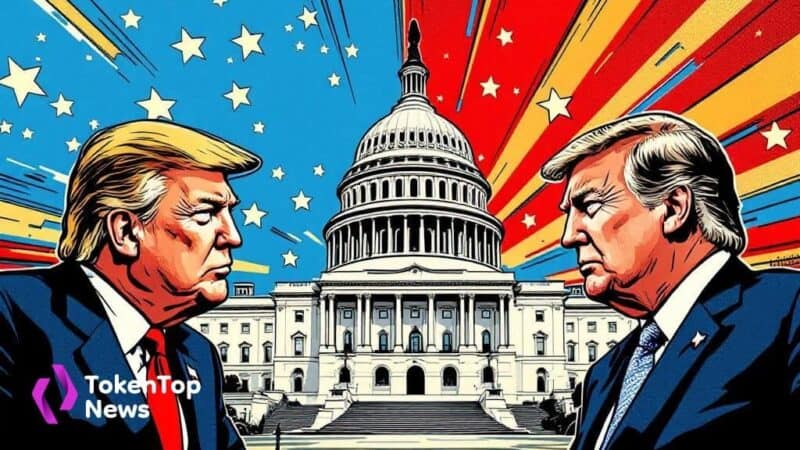U.S. GENIUS Act Projects $75B Stablecoin Supply Growth
- GENIUS Act enforces strict stablecoin issuance guidelines.
- Projection of $75B stablecoin supply increase.
- Boosts institutional stablecoin investment.

Summarizing a major change in the U.S. financial landscape, the GENIUS Act, signed on July 18, 2025, anticipates a $75 billion increase in stablecoin supply, driven by regulatory oversight from key U.S. financial authorities.
The GENIUS Act is significant for enhancing the stability and trust of the U.S. stablecoin market by instituting robust regulatory measures. Early market responses hint at strong institutional interest under these new regulatory conditions.
The GENIUS Act, signed into law, may usher in a groundbreaking shift for the U.S. stablecoin market. With projected supply growth of up to $75 billion, this regulatory clarity is anticipated to bolster both institutional and retail adoption.
The legislation specifies that permitted payment stablecoin issuers are the only entities able to mint new payment stablecoins. These entities include insured depository subsidiaries and entities approved by regulatory bodies such as the Office of the Comptroller.
The Act ensures enhanced retail confidence and heightened institutional participation by requiring 1:1 reserve backing of stablecoins with U.S. dollars or Treasuries. Furthermore, the measure mandates transparent monthly reserve disclosures to reinforce consumer protection.
“Stablecoins must be backed 1:1 with U.S. dollars or Treasuries, and issuers must publish monthly reserve breakdowns.” – GENIUS Act summary, U.S. Treasury
These regulations are set to unlock substantial institutional capital inflows into U.S.-compliant stablecoins. Major exchanges like Coinbase and Gemini are poised to list these compliant tokens, reflecting growing market confidence.
As of now, no primary statements from major U.S. regulators or stablecoin project leaders specifically address the $75 billion projection, and no verification exists in available public releases regarding specific future funding commitments from top exchanges.
ETH, as a leading blockchain, and top DeFi protocols could benefit indirectly from this regulatory change as they facilitate stablecoin transactions. Historical data suggests that regulated stablecoin frameworks often result in increased TVL and broader adoption of compliant tokens.
For ongoing developments, industry stakeholders should closely monitor announcements from authoritative sources such as the OCC, U.S. Treasury, and major stablecoin issuers’ official communications.




